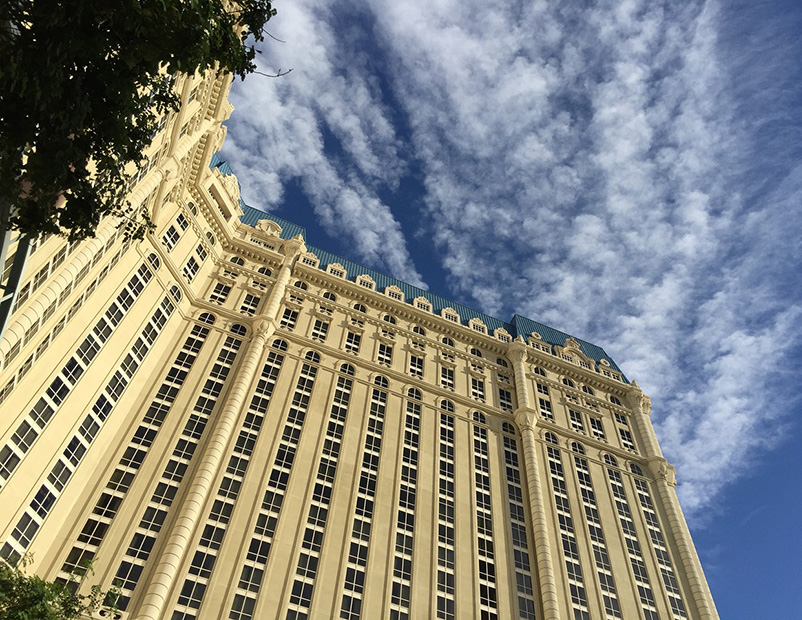How Tough a Road for Lodging CMBS?
A major ratings agency takes stock of the outlook for hospitality CMBS and compares it to the post-9/11 period.

Image via Needpix
So far, the lodging industry has been the hardest hit by the Coronavirus outbreak and the subsequent social distancing mandates. It stands to reason, therefore, that analysts are concerned about CMBS 2.0 lodging exposure. Could this be another 9/11 for the lodging industry? Could the impact of Coronavirus on underlying credit be worse?
Guidance issued this week by Kroll Bond Ratings Agency compared recent events and their potential ramifications with the avalanche of negative consequences for the lodging industry that followed the devastating terror attacks of Sept. 11, 2001.
Like 9/11, the pain in the lodging industry is not economically driven, KBRA noted. But, unlike 9/11, hotel companies today are also tending with government mandates for people not to travel domestically or internationally, the likely start of a recession and hundreds of thousands of new units coming online. There are 208,000 guestrooms under construction, which is close to the peak of 211,700 guestrooms in 2007. New construction is heavily weighted in New York City (10.3 percent of total inventory) and Las Vegas (5.5 percent of total inventory). These markets account for 13 percent of lodging CMBS 2.0 lodging exposure.
KBRA found there is $90 billion of outstanding lodging principal balance distributed among conduits, single-borrower and large-loan transactions. They examined CMBS 2.0 lodging defaults and REVPar declines and the timing of recoveries in the aftermath of 9/11 at both the national level and metropolitan statistical area for the 10 largest CMBS 2.0 exposures. Here are the highlights of their findings:
- Falling occupancy (–24.4 percent) for March 8-14 led to a lower average daily rate (10.7 percent) and ReVPar declines of 32.5 percent. New York’s RevPar fell 55 percent and San Francisco’s fell 63 percent during that week. It took three and five years, respectively for these markets to recover following 9/11.
- The cumulative default rate for lodging was 3.6 percent at the end of 2000. It increased to 13.5 percent by year-end 2002, peaked at 19.4 percent 18 months later and started to decline in 2005 when RevPar returned to the pre-9/11 level of $53.79.
- Of the $9 billion of CMBS 2.0 lodging exposure, 51 percent are securitized in single-borrower and large-loan deals, 30 percent in conduits. Forty percent are in the top MSAs, which include Las Vegas and Orlando. The Las Vegas Strip and Orlando’s Disney World are currently closed.
- Following 9-11, Dallas had the largest cumulative default rate of 56.8 percent at year-end 2004 and RevPar took four years to recover. Orlando’s default rate was 47.5 percent, Las Vegas 33.3 percent from 2000 to the 2004 cycle peak. New York had the second-lowest at 5.3 percent. Honolulu had the lowest.
According to the KBRA guidance: “RevPAR data for the period covering the current pandemic is expected to show further deterioration as businesses are unlikely to curtail travel bans in the immediate future. Furthermore, individuals are continuing to embrace social distancing and shelter in place to avoid transmission of the virus.”
In other guidance issued this week, Fitch Rating Services placed all single-asset single-borrower and all multiborrower transactions exposed to hotels on Rating Watch Negative. Multiborrower transactions with “elevated exposure” to both hotels and retail have also been placed on RWN.







You must be logged in to post a comment.